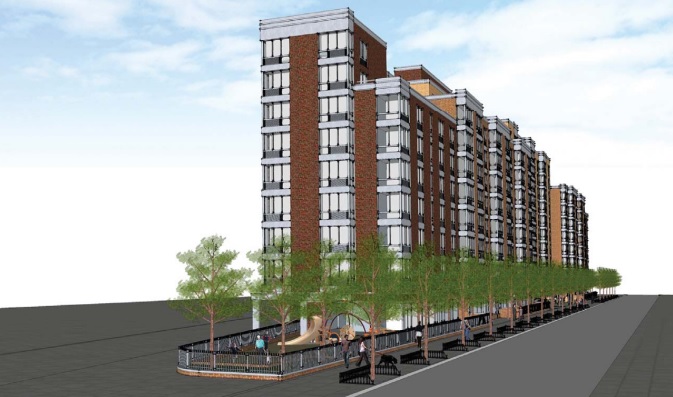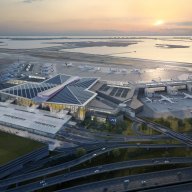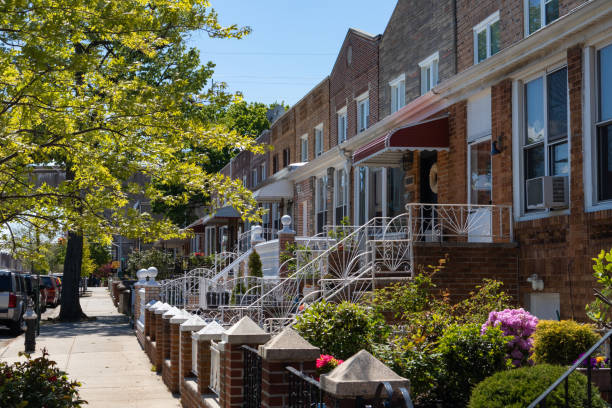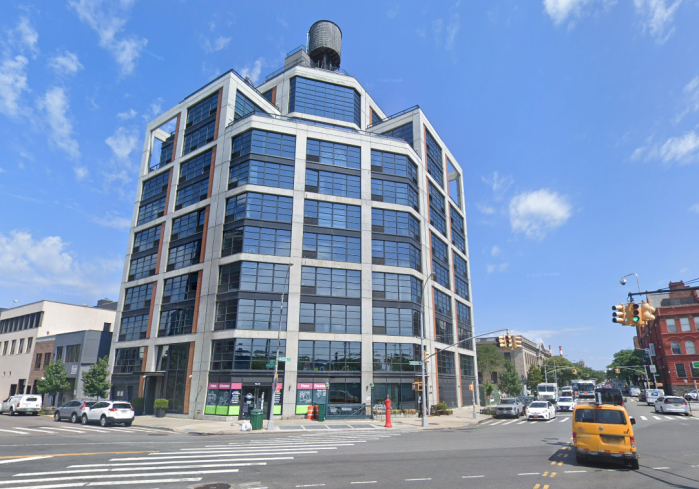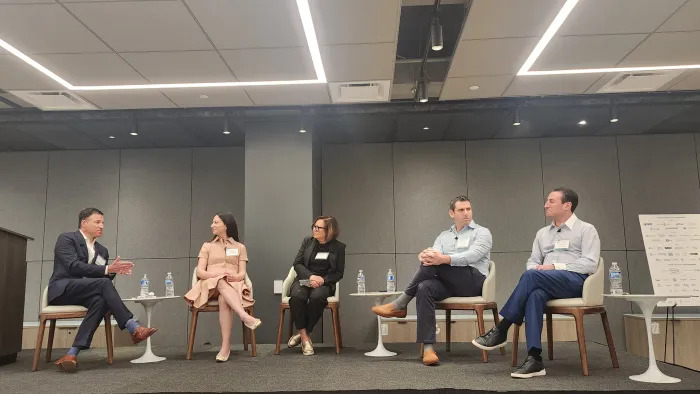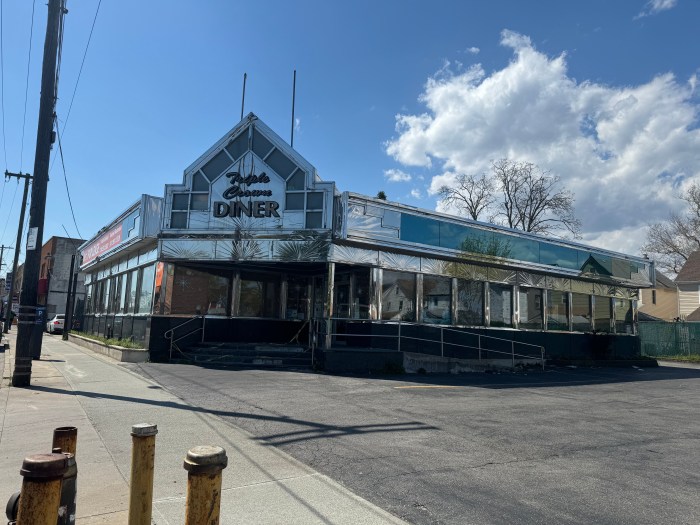Updated June 3, 10:12 a.m.
A contentious affordable housing project planned for Sunnyside won’t have the support of the local councilman.
Councilman Jimmy Van Bramer announced he would not support the 10-story, 220-unit project to be built at 50-25 Barnett Ave., which is currently a 200-space parking lot. His opposition is a major blow to the proposal, and it could spell its demise.
Phipps Houses, a nonprofit affordable housing developer, proposed the project for the site, which is in an M1-1 zoning district and currently only permits light industrial use or community facility use. The City Planning Commission recently certified the developer’s rezoning application but the decision by Van Bramer to oppose the project essentially stops it.
Van Bramer hosted a town hall meeting with Community Board 2 (CB 2) in October where nearly 200 residents voiced mostly negative opinions of the project. Many residents were concerned about the height and scale of the project and also cited problems including a lack of parking, overcrowded schools and an already overwhelmed public transportation system.
Van Bramer said these concerns along with complaints from residents at the nearby Sunnyside Gardens Apartment, which Phipps Houses also operates, ultimately led to his decision to oppose the project, Sunnyside Post first reported.
“While I was aware of some issues with their management, I was dismayed by how many complaints existing tenants registered against Phipps, both at this town hall and subsequent town halls,” Van Bramer said in a statement. “Before we allow Phipps to build more rental units in the neighborhood, they need to get right with the people who pay them rent today.”
The councilman said he wanted to give the nonprofit time to address community concerns about “height, income levels, community facilities or amenities” and possibly amend their plan but he did not see an adequate attempt by Phipps Houses to “make any meaningful changes.” In a statement, Van Bramer said he initially wanted to let the land use process to unfold before declaring his position.
This process includes a vote from CB 2 but Chairman Pat O’Brien told Van Bramer that the board wanted to know where the councilman stood before making their vote.
“When I heard that, I realized that it was time for me to make my position clear,” Van Bramer said. “Given all of these concerns, I cannot support this proposed project.”
CB 2 voted on a motion to oppose the project at their June 2 meeting for several reasons. Lisa Ann Deller, second vice chair, listed a number of stipulations that developers must agree with before the board could approve the project. These stipulations included an increase in the number of affordable units that will enable residents earning between 50 and 100 percent AMI to be eligible, the inclusion of a larger community space with a much wider variety of uses than solely universal pre-K.
The Land Use Committee also called for the reduction of the size and scale of the proposed building, full and proper remediation of all existing environmental issues on the site, a commitment to improve sidewalk issues along Barnett Avenue, the construction of a middle school in the community, improvement of transportation infrastructure and relocation of parking and commitment to use union labor.
The plan must also be reviewed by Queens Borough President Melinda Katz, the City Planning Commission and lastly the City Council, which has the final decision. The City Council customarily supports the local councilperson and votes the same way.
“I fully believe we need more affordable housing, and have demonstrated this support many times, but this does not mean that every project is the right one or in the right location,” Van Bramer said.
President and CEO of Phipps Houses Adam Weinstein said the company trusts the land-use review process and Phipps will “assess what changes we can realistically make” at the end of that process.
“While we’re disappointed to see the Council member’s most recent comments, we remain hopeful that we can work together to take advantage of this opportunity: to develop a 100 percent affordable building in the heart of Sunnyside geared toward middle-income residents, and to address the genuine affordability crisis faced by so many in the community,” he added.

